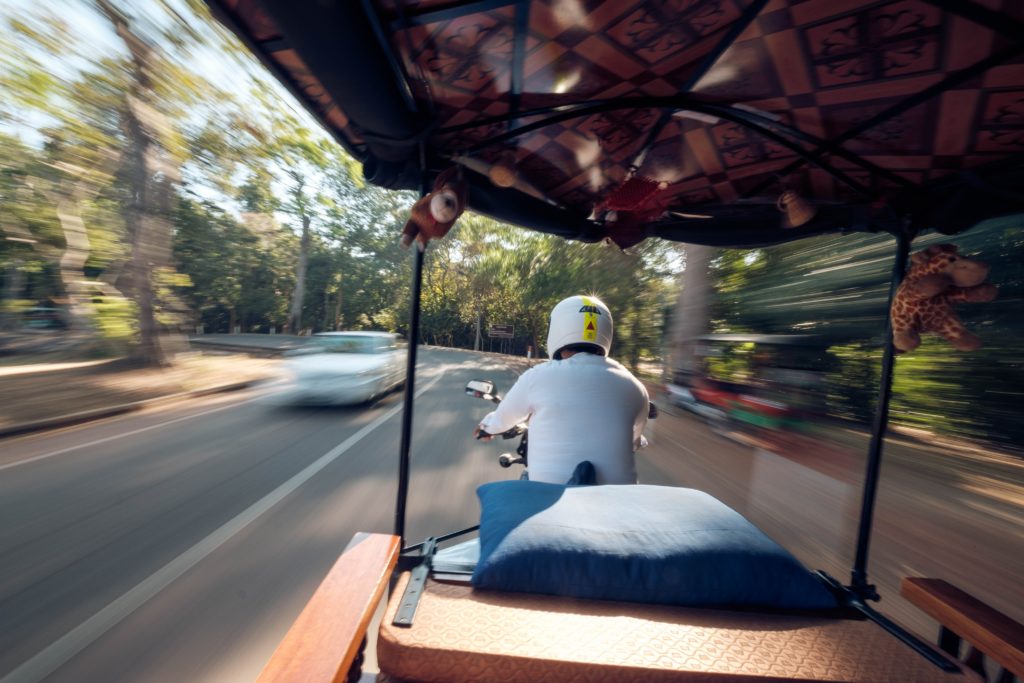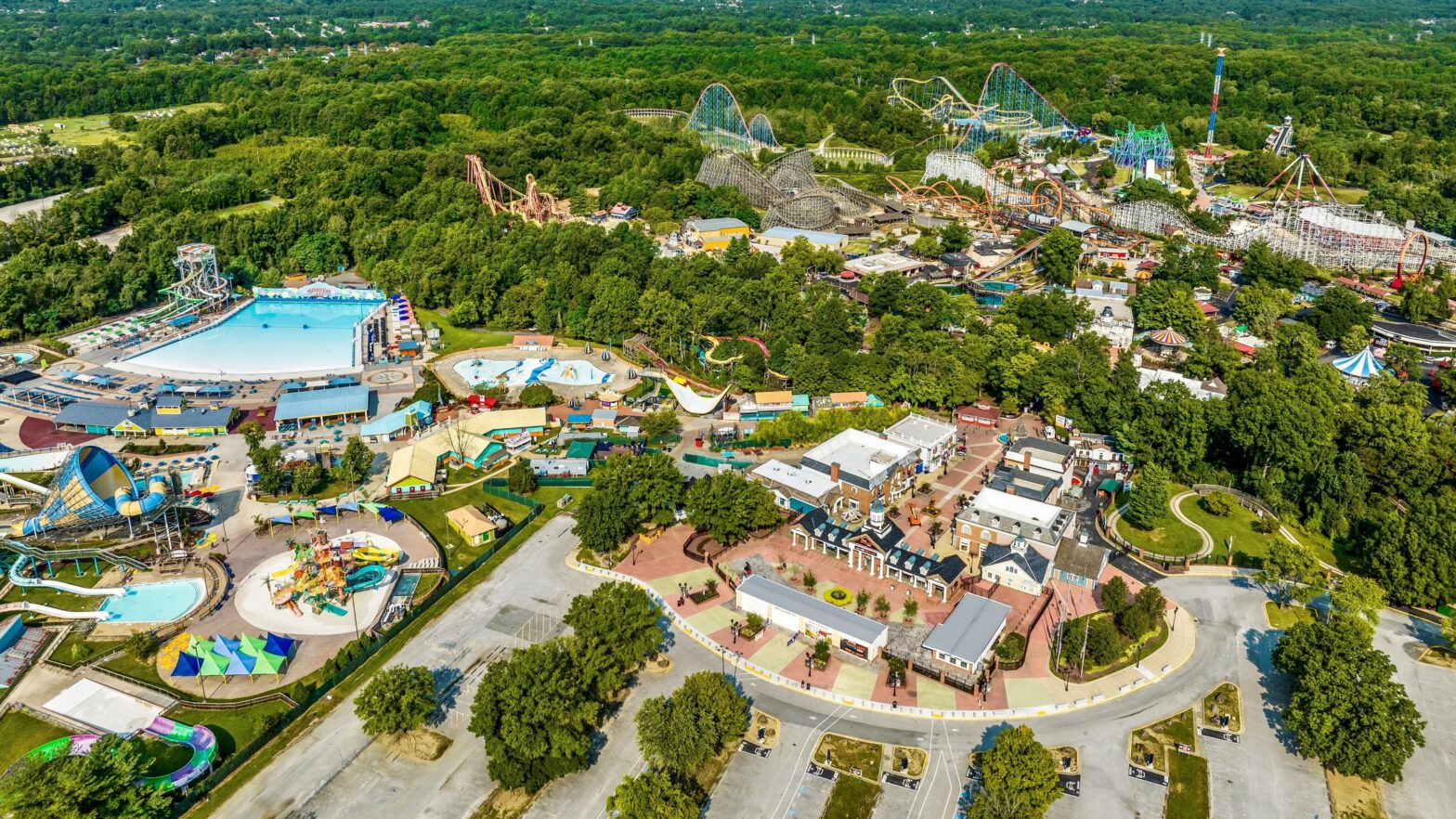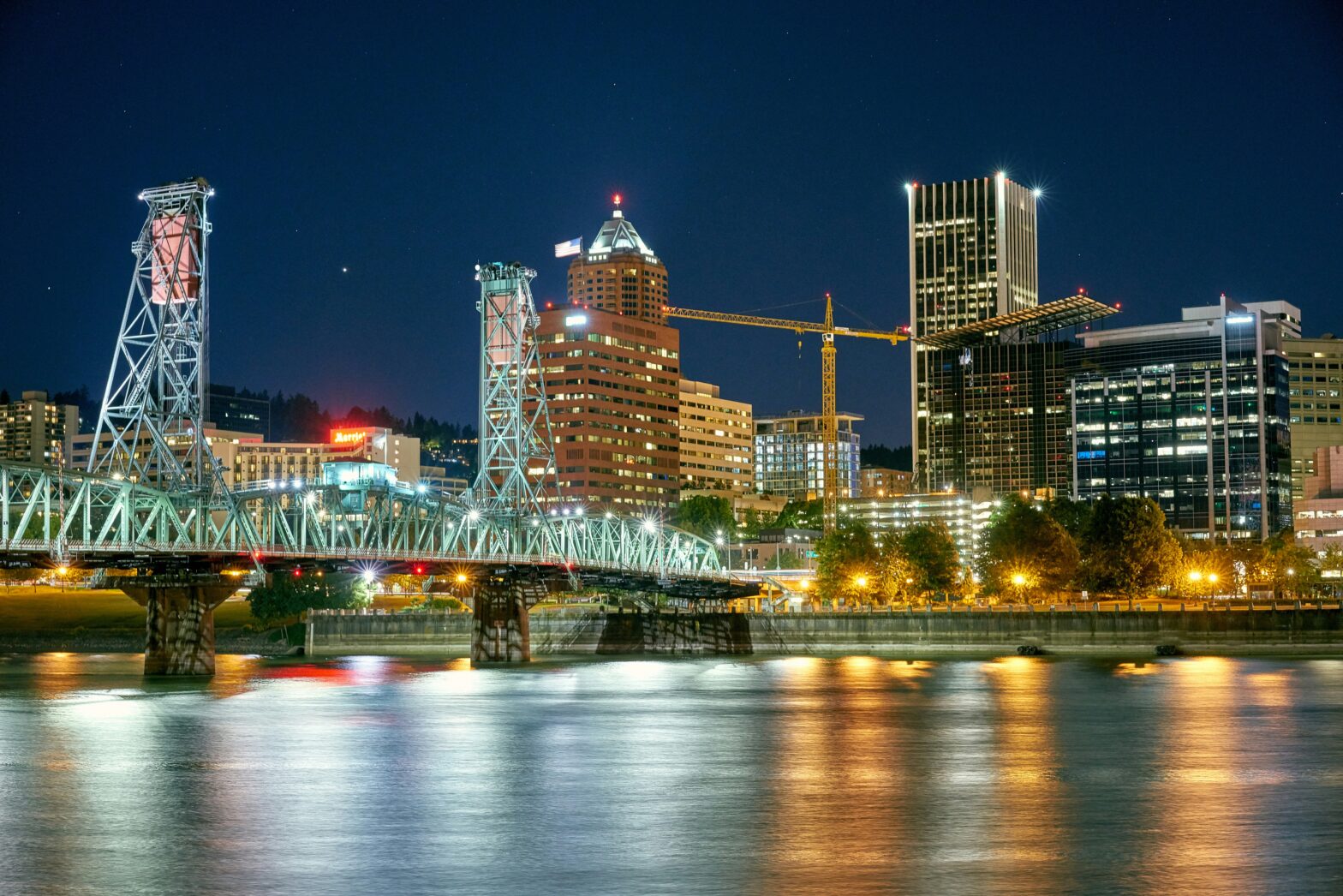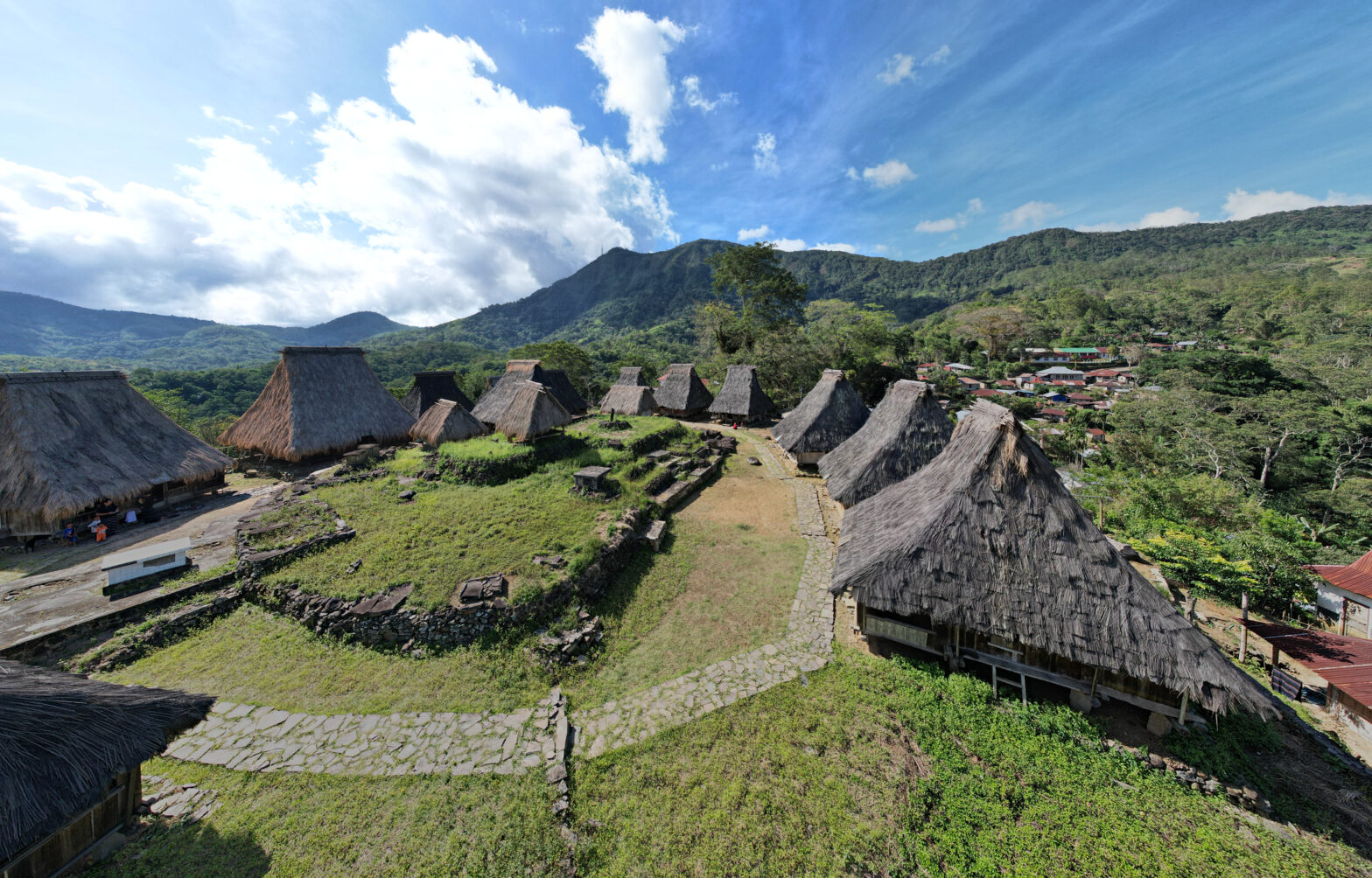Phnom Penh, Cambodia is a glorious city. Arriving can be difficult (the airport is a hazy, crowded experience where you’ll need a passport photograph will need to fill out a flurry of entry forms) but aside from that, Cambodia’s economic and political capital proved to be a very pleasant experience.
From the airport, if you have not arranged for a private driver, your likely method of transportation into the city will be via a tuk-tuk, the 4-person cabin affixed to the end of a motorbike for hire. They are plentiful outside of the airport gates and at around $10, are less expensive than the taxis that line the arrival terminal.
RELATED: 72 Hours In Bangkok
The route from the airport can be as quick as 30 minutes or as long as 2 hours depending on Phnom Penh’s infamous traffic. If you do travel by tuk-tuk, be sure to have a mask to protect your lungs from the smog and hold fast to your valuables as traveling by tuk-tuk leaves you exposed to smash and grab robberies.

Arriving in Phnom Penh places you at the intersection of two main roads in the city, Norodom and Sihanouk Streets, both named after Cambodia’s most prolific leader. Standing at the intersection is the Independence monument, a symbol of Cambodia’s disentanglement from colonization. The structure is beautiful and indicative of the country’s architectural style.
To the north, you’ll find Wat Phnom, one of the historic jewels of the city. In terms of Cambodian temples, Wat Phnom is modest, but its serene location and $1 entrance fee will be a pleasant getaway in the otherwise noisy city of Phnom Penh.
A few miles away you can find the central market boasting everything from scarves to crab. The large goldenrod market has four expansive wings jutting out from a central dome. The market’s presence can be overwhelming, but once you grab fried rice, prawns and chili sauce for $2, you’ll start to feel right at home.
Up next was a visit to The Tuol Sleng Genocide Museum, which details some of the atrocities that occurred in the 1970s during the Khmer Rouge. Housed on the campus of an old colonial high school, this institution was transformed into a complex of torture and ridicule, known as Security Prison 21 (S-21), for thousands of Cambodians and a few hundred foreigners through the latter 1970s. There are biographies and photos of those persecuted, and as you go from building to building, the grounds are quiet. Rusted bed frames, stained tile, decrepit cells and archived photos are features of the walkthrough. The tour wraps up with the tale of their liberation, the process of justice for those who were responsible, and a summary of the international response. In order to understand a dark part of Cambodian history, Tuol Sleng is a sobering lesson.
The National Museum of Cambodia’s architecture is engaging and contains cherished vestiges of the past, many of which have been restored from the Khmer Rouge era. Take an hour or so to explore the Cambodia treasures and arrive early because the museum closes at 5 PM.
My final stop for sightseeing was to the Royal Palace. Much of it was closed off to the public during my visit, but the main attraction is the Silver Pagoda. This medium-sized pagoda is home to a life-sized Buddha, who adorns more than 9,000 diamonds.
Travel Tip: Be sure to look beneath the carpet in the Silver Pagoda!
Food, Drink, Dance
Eat for a good cause at Romdeng, a restaurant that is a part of the Friends International group which gives vocational training to former street children in South East Asia. From crispy pork belly to fish amok (the national dish), you won’t be disappointed in the fare offered on the menu.
If you’re looking to dance the night away with local Cambodians and expats, Pontoon is the place to go. The drinks are reasonable and the music can have you calling the dance floor home for a few hours. Whether you want to have a private section and pop bottles or have a rail drink and dance to Chris Brown, it’s all here.
You can have a great experience in Phnom Penh in 36 hours, but as with many great destinations, more time should be afforded if possible. The killing fields have been described as life-changing and the intricacies of the Royal Palace should certainly be explored. The itinerary above worked for me, but be sure to plan a trip that works best for you.





